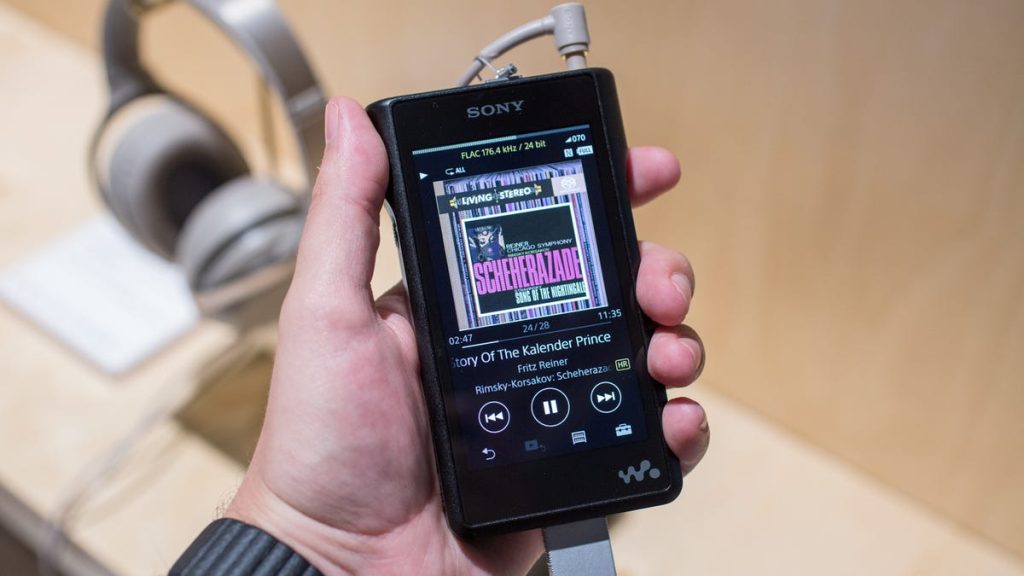The rise of digital music initially faced resistance from audiophiles due to perceived inferior sound quality compared to analog formats. Early digital music formats, with their compressed file sizes and lossy compression algorithms, simply couldn’t match the richness and detail of vinyl records or even CDs for discerning listeners. This quality gap left many audiophiles skeptical of the digital revolution in music.
However, advancements in digital audio technology have dramatically altered the landscape. The development of lossless audio codecs like FLAC (Free Lossless Audio Codec) has addressed the primary concern of audiophiles regarding sound quality. FLAC, along with other lossless formats, compresses audio data without discarding any information, effectively preserving the original audio fidelity. This means that digital music can now be stored and played back without any compromise in sound quality, matching or even exceeding the quality of CDs. Simultaneously, the cost of data storage has plummeted, making it affordable to store vast libraries of lossless music files on portable devices. Multi-gigabyte storage is now commonplace and inexpensive, eliminating the storage constraints that previously limited the practicality of high-resolution audio files. These combined advancements paved the way for the resurgence of high-fidelity audio in a portable format.
This resurgence has given rise to a new generation of high-resolution portable music players catering to discerning audiophiles. Astell & Kern and Sony, with its legacy Walkman brand, are currently the dominant players in this niche market. Astell & Kern players, positioned at the premium end of the market with prices starting at $1000, cater to the most dedicated audiophiles. These devices are designed for individuals who prioritize sound quality above all else and are willing to invest in specialized hardware to achieve the best possible listening experience. They are tailored for users who meticulously curate their music libraries, favoring uncompressed or lossless audio formats and possessing the discerning ears to appreciate the nuances and subtleties preserved by these formats.
For these individuals, pairing a high-end portable music player with high-quality wired headphones offers an unparalleled portable listening experience. The combination of pristine audio files and top-tier hardware allows them to enjoy music as it was intended to be heard, free from the compromises of lossy compression and inferior playback equipment. The emphasis on wired headphones stems from the understanding that wired connections generally offer a more stable and higher-quality signal transfer than wireless options, further minimizing any potential degradation of the audio signal. This purist approach prioritizes the integrity of the listening experience above the convenience of wireless connectivity.
However, the pursuit of high-fidelity audio is no longer confined to dedicated music players. Most mainstream music streaming services, including Tidal, Qobuz, Amazon Music, and Apple Music, now offer lossless or high-bitrate streaming options. This democratizes access to high-quality audio, making it readily available to a wider audience without the need for extensive local music libraries or expensive specialized hardware. The notable exception is Spotify, which has yet to launch its long-promised HiFi tier, leaving a conspicuous gap in its service offerings for audiophile-minded subscribers.
For those who may be unsure if high-fidelity audio is worth the investment, a gradual upgrade path is readily available. Starting with a decent headphone DAC (digital-to-analog converter), such as the Audiofly Dragonfly or iFi Audio Go, coupled with a good pair of wired headphones, can significantly elevate the listening experience from standard smartphone audio output. This offers a relatively affordable entry point into the world of high-fidelity audio, allowing listeners to experience the benefits of improved sound quality without immediately committing to a dedicated high-resolution music player. This incremental approach allows users to assess their own sensitivity to audio quality improvements and determine if further investment in dedicated hardware is warranted.

